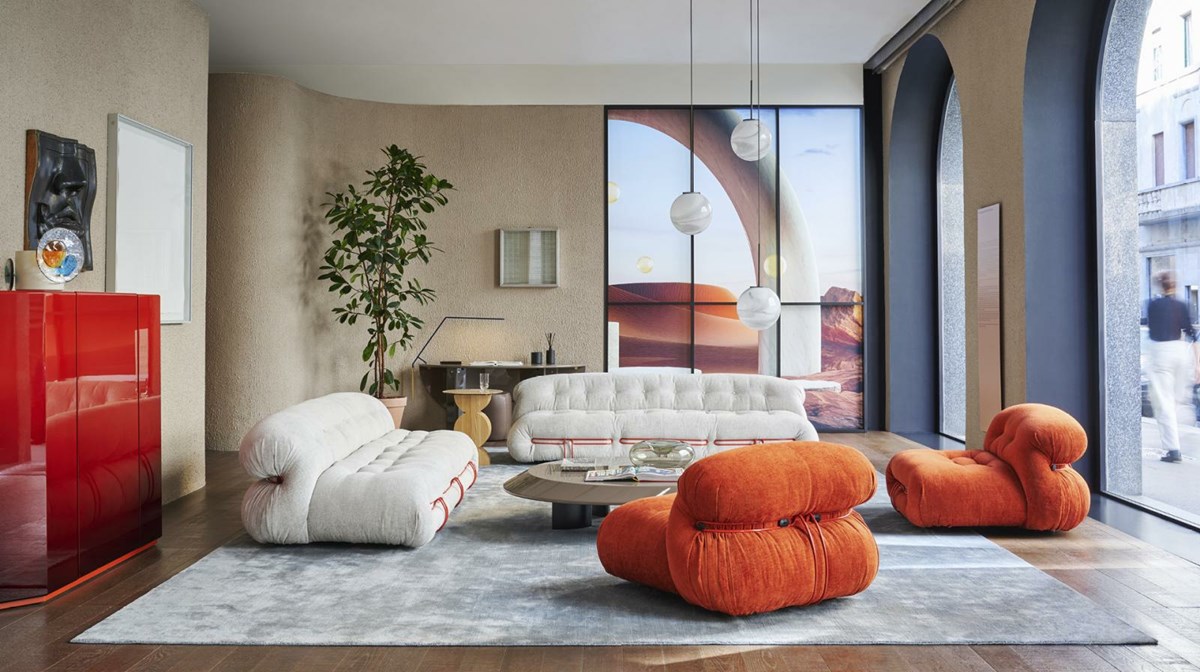194 - 9 Low Table
- Designer:
- Piero Lissoni
- Brand:
- Cassina
We don't appear to have any products related to your search term. Please try again.
Shipping and discount codes are added at checkout.

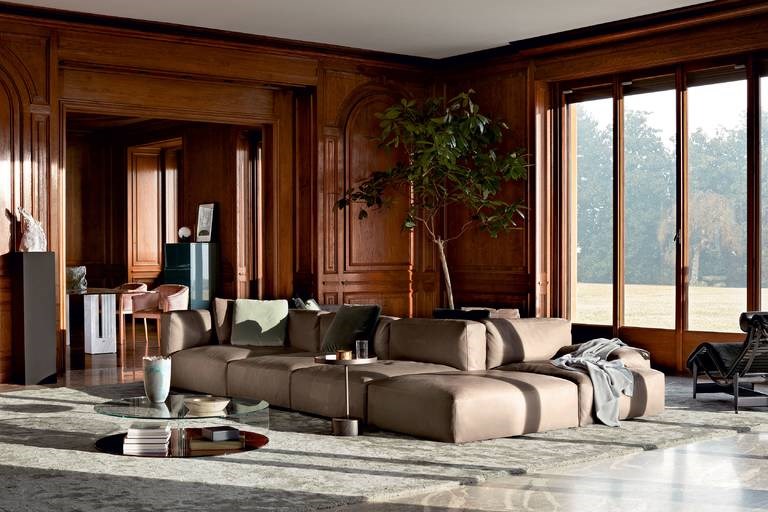
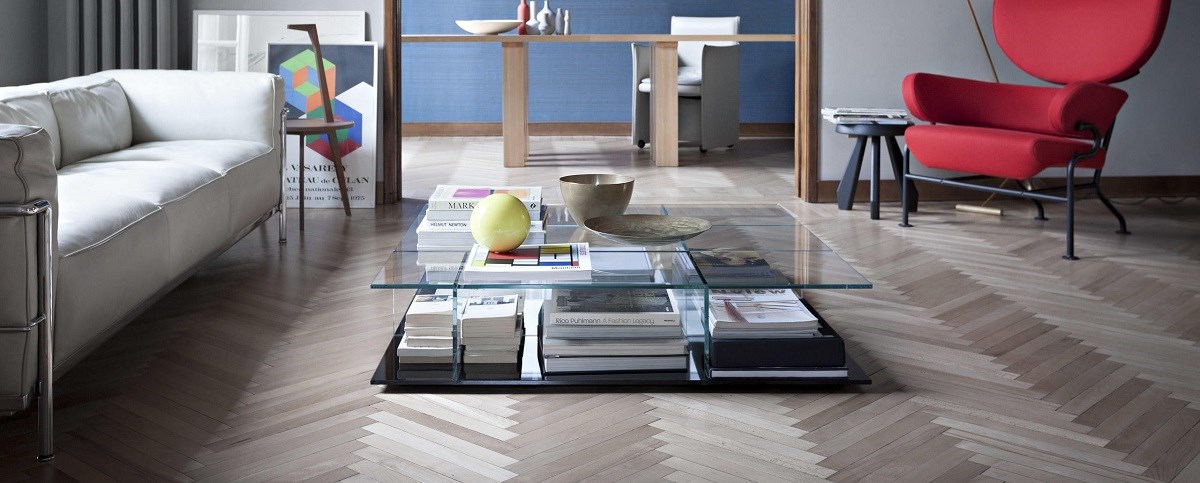
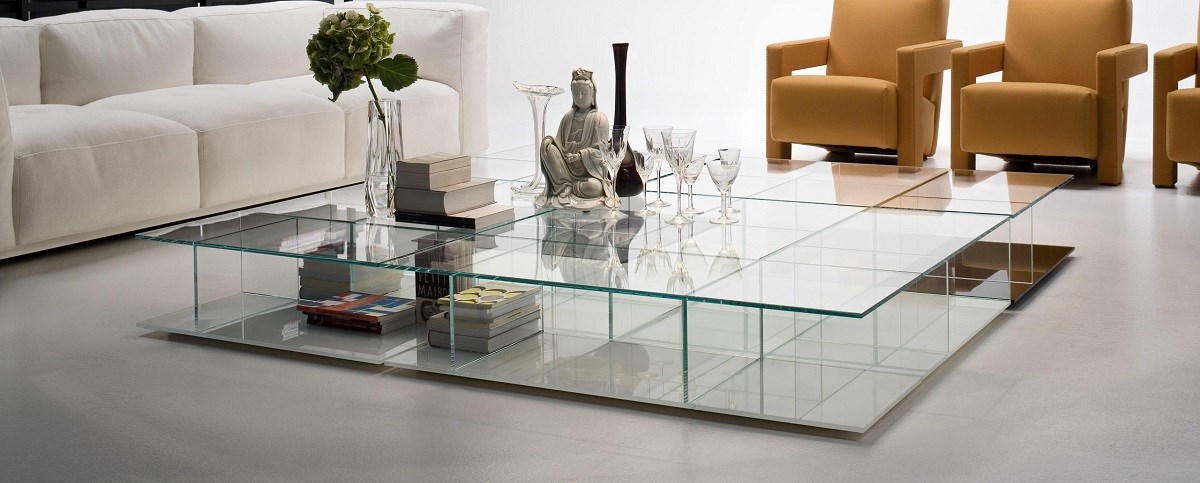
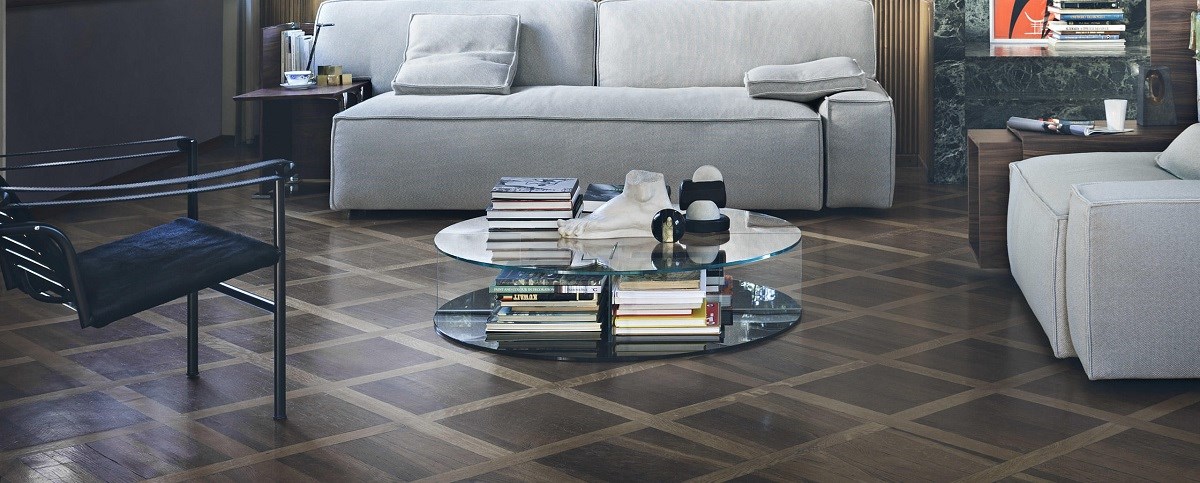
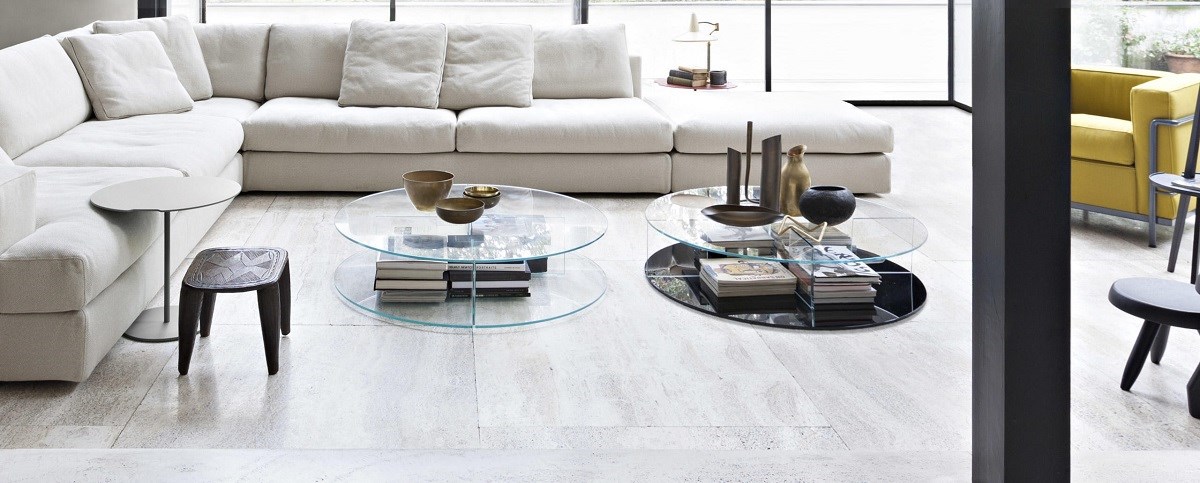
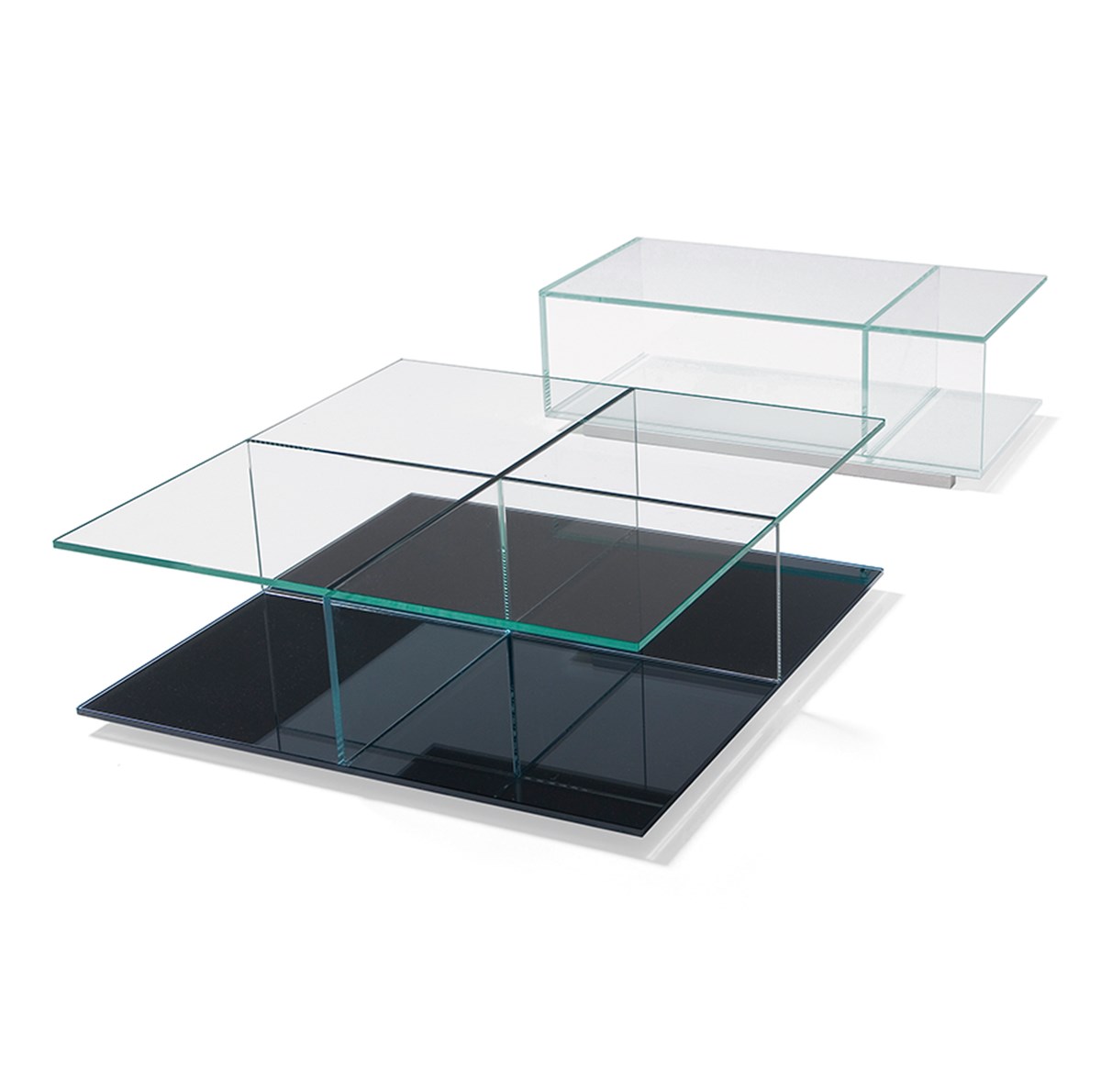
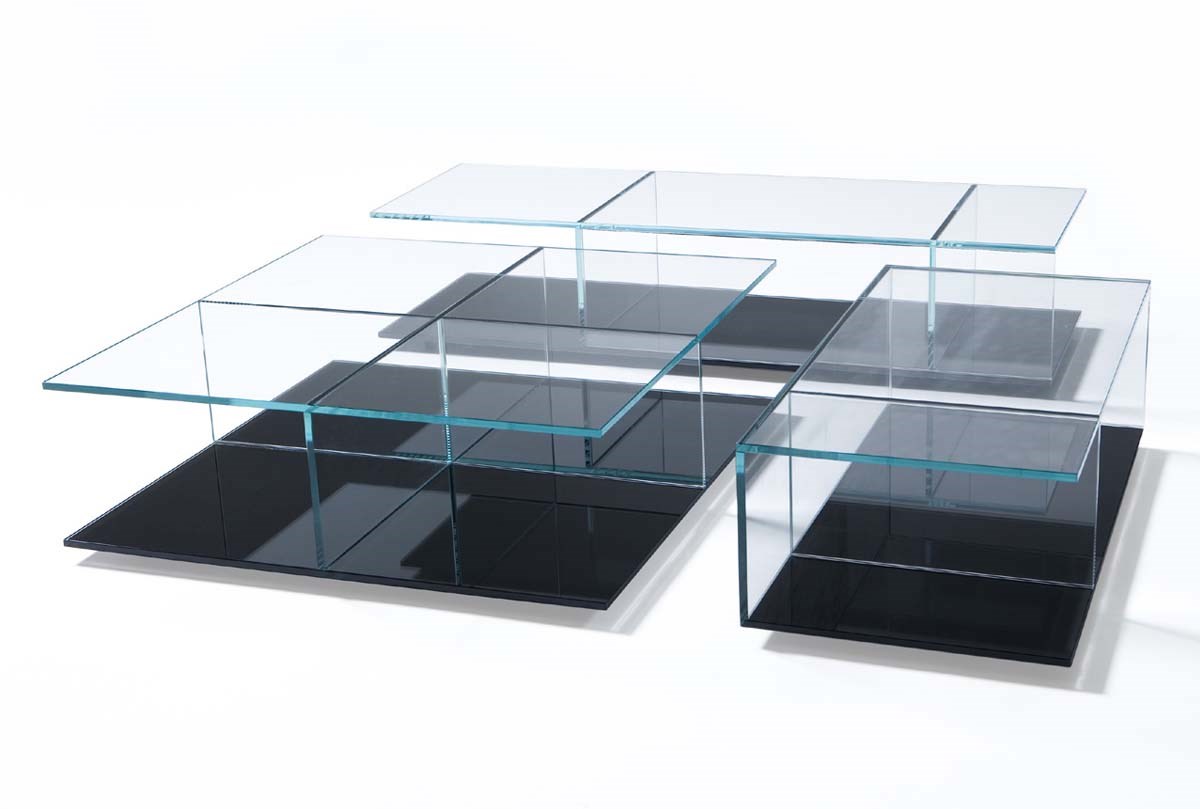
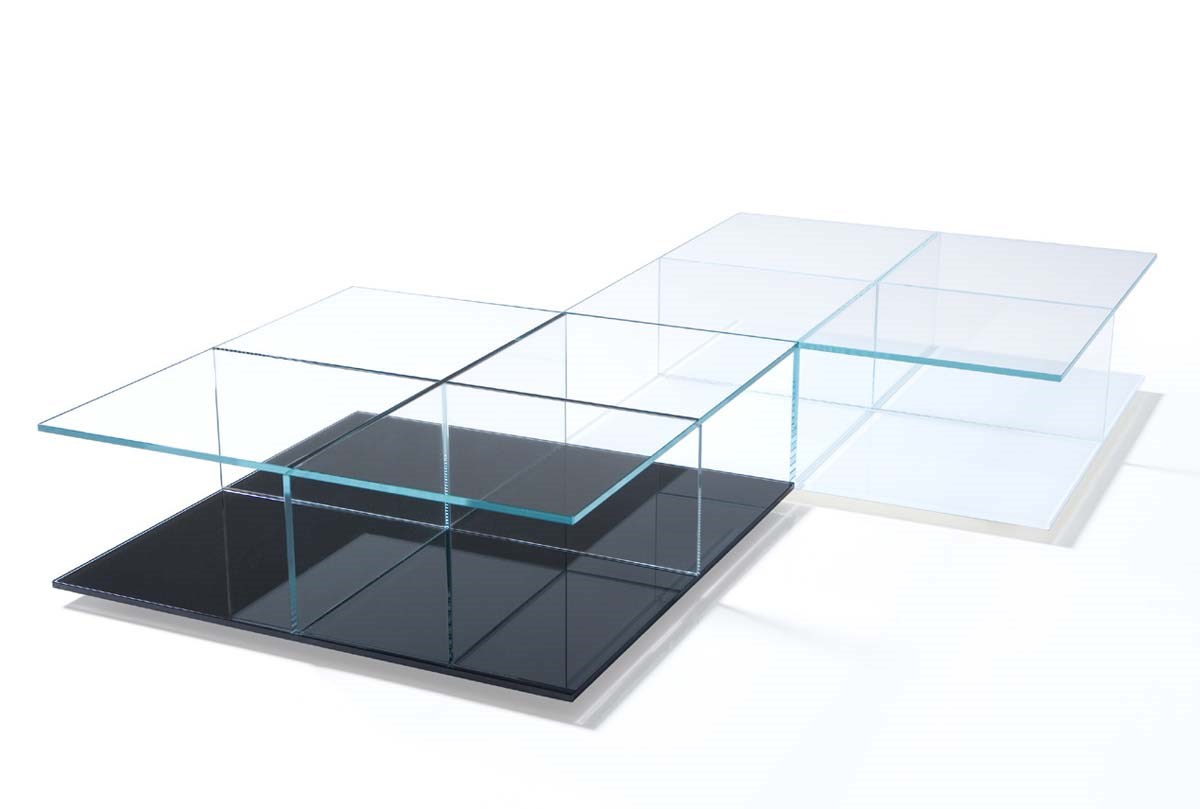
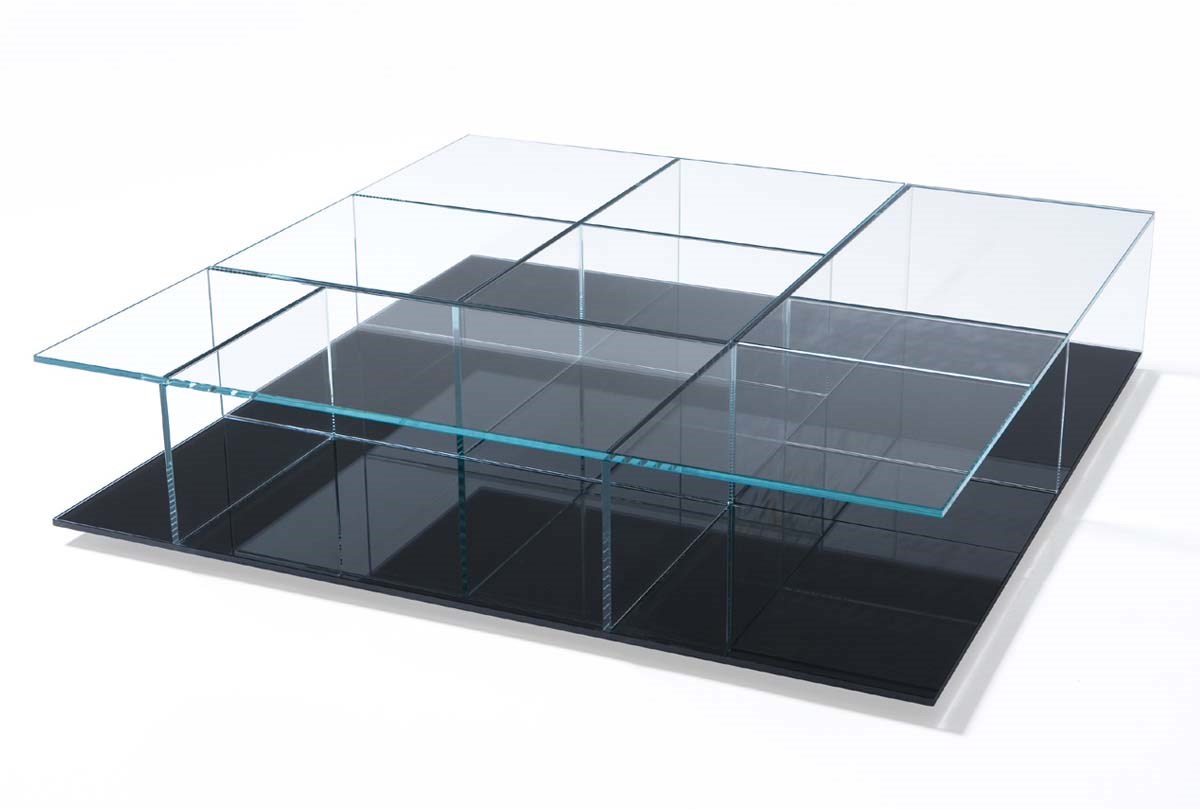
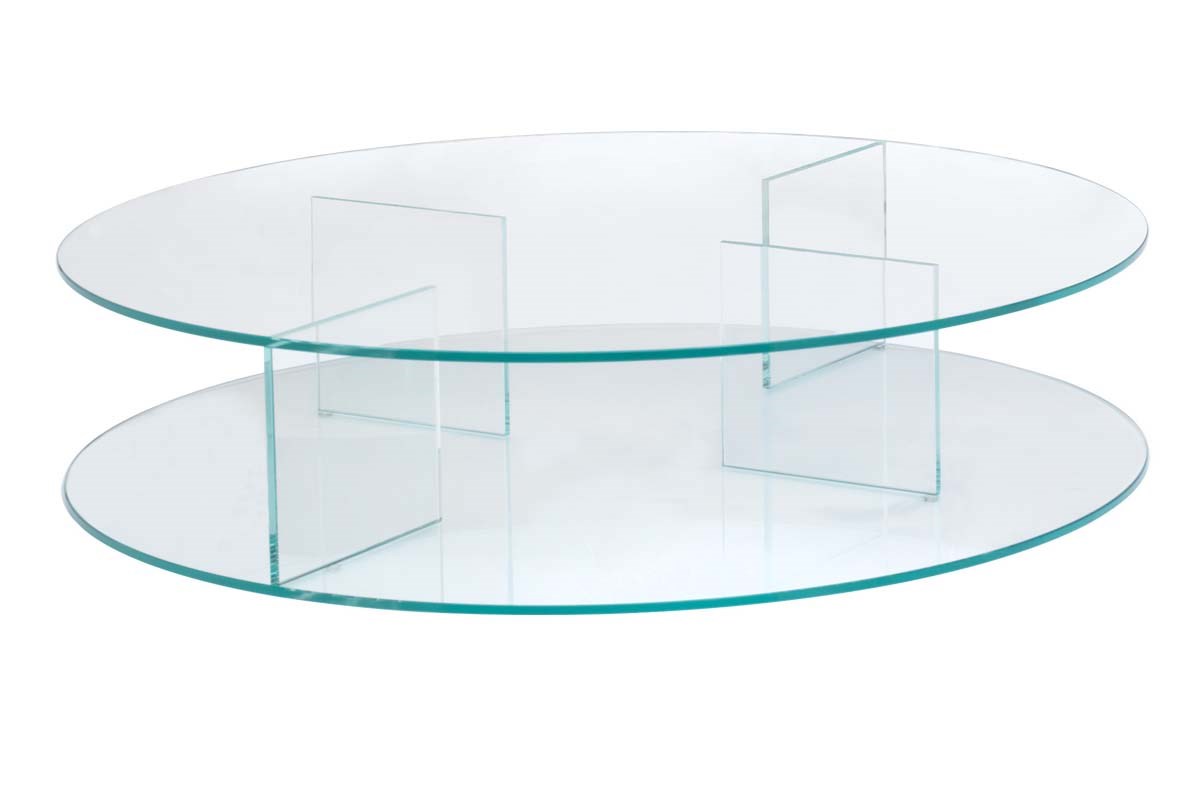
Piero Lissoni designed the Mex table to complement the sofa of the same name. Both the frame and table-top are in 10mm extra-clear tempered glass; the base is available in a black, white, brick red, dove grey, or anthracite grey painted finish. Extremely versatile, this piece can form a large square surface or be mixed and matched with others to provide an extra touch of elegance to any setting. Available in a square, rectangular or round format. Ethereal if seen on its own, the Mex table offers an ever-changing appearance when it is housing books, magazine, or other objects, for which it is a natural haven.
Piero Lissoni designed the Mex table to complement the sofa of the same name. Both the frame and table-top are in 10mm extra-clear tempered glass; the base is available in a black, white, brick red, dove grey, or anthracite grey painted finish. Extremely versatile, this piece can form a large square surface or be mixed and matched with others to provide an extra touch of elegance to any setting. Available in a square, rectangular or round format. Ethereal if seen on its own, the Mex table offers an ever-changing appearance when it is housing books, magazine, or other objects, for which it is a natural haven.
Designer
Piero Lissoni is an influential Italian designer and architect known for his minimalist, elegant, and functional designs.

